Dr. Phil Zeltzman’s Blog
How do you know if your vet is any good?
This is probably the riskiest post I’ve written in a while.
I’m sorry, there are no cute kittens today. We bravely tackle a critical topic that should matter to every serious pet lover.
OK, but let’s first look at cute kittens anyway…
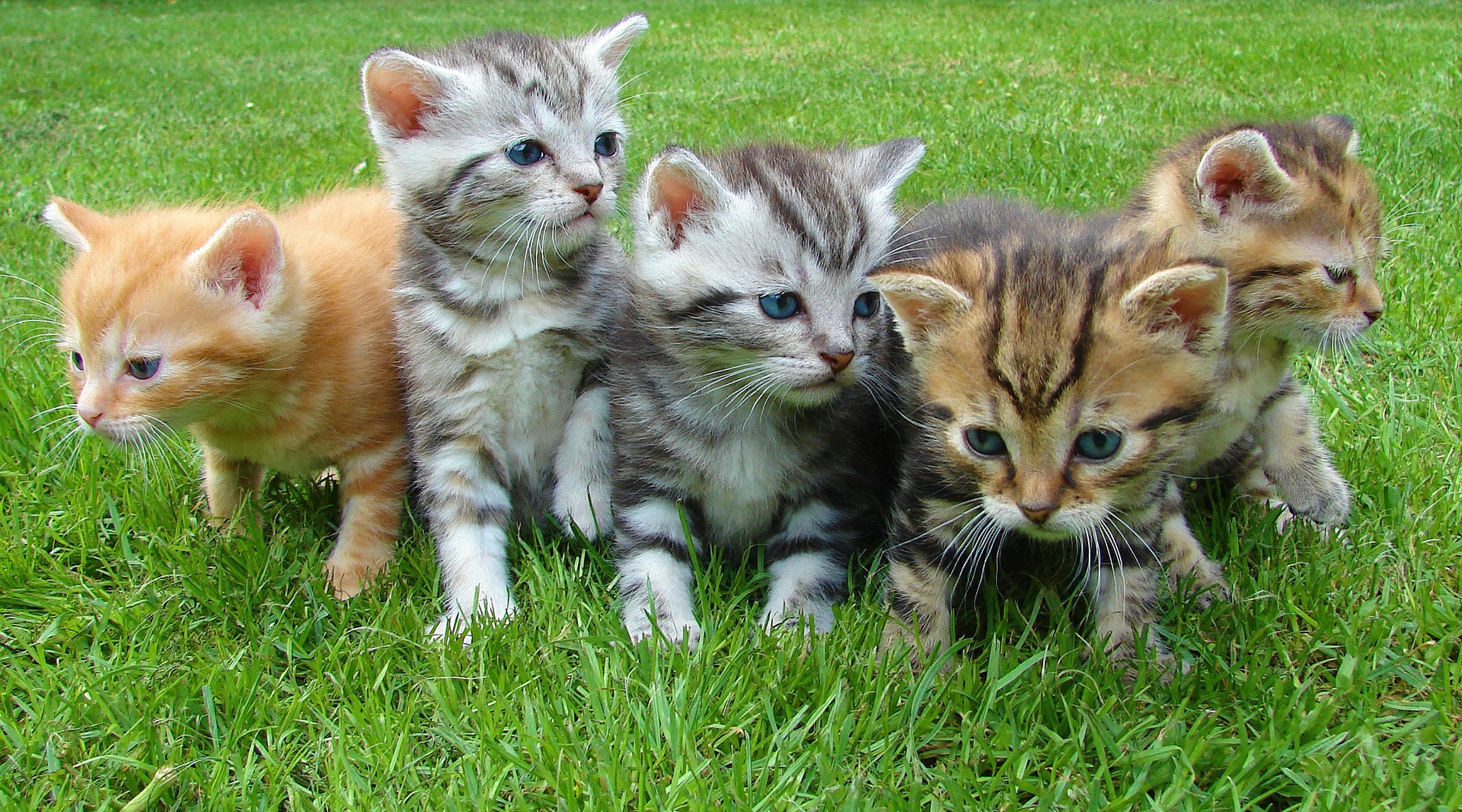
My hope today is to help you understand an important but mysterious concept: standard of care.
Standard of care is a legal expression, not a medical one.
There are different ways to define standard of care, and they’re rather nebulous and subjective.
. It is the degree of care, or the level of treatment, a reasonably competent and skilled vet should provide, taking into account the current medical knowledge.
. It is the customary practices an “average,” prudent vet would typically offer in similar circumstances.
. It’s the right thing to do to take care of a patient a client trusted us to treat – in an ethical manner.
Problem is, nobody knows what standards of care are. There is no book, no article, no definition of what vets should do in a particular situation.
Standards of care are constantly evolving as medicine improves, new discoveries are made and new drugs are invented. They depend on the treating veterinarian, the practice, the town, the region, the State and the country.
There are guidelines, suggested by various veterinary organizations, but they’re only guidelines.
There are basically 3 levels of standards of care.
1. The gold standard
This is the care typically provided at a vet school, a specialty hospital or a very progressive family practice.
It’s the best and safest way to perform a procedure or arrive at a diagnosis.
The purpose is to reduce risks and complications as much as possible. The end goal is to increase the chances of success as much as possible.
2. Reasonable standard of care
This is what the “average and prudent” vet would agree is reasonable to do for a particular treatment or procedure.
As you can imagine, this is extremely subjective. What might seem reasonable to one vet may seem unreasonable to another. There is no black and white, it’s all shades of gray…
3. Sub-standard care
This level of care is not reasonable or acceptable. It could be called negligence or malpractice.
It could harm the patient – and often does.
And no matter how cheap it is, it is cheating the client.
Sadly, this is what is sometimes portrayed on popular shows on TV… and many pet owners don’t even know it.
OK, if you’re still reading, you deserve to look at more cute kittens.
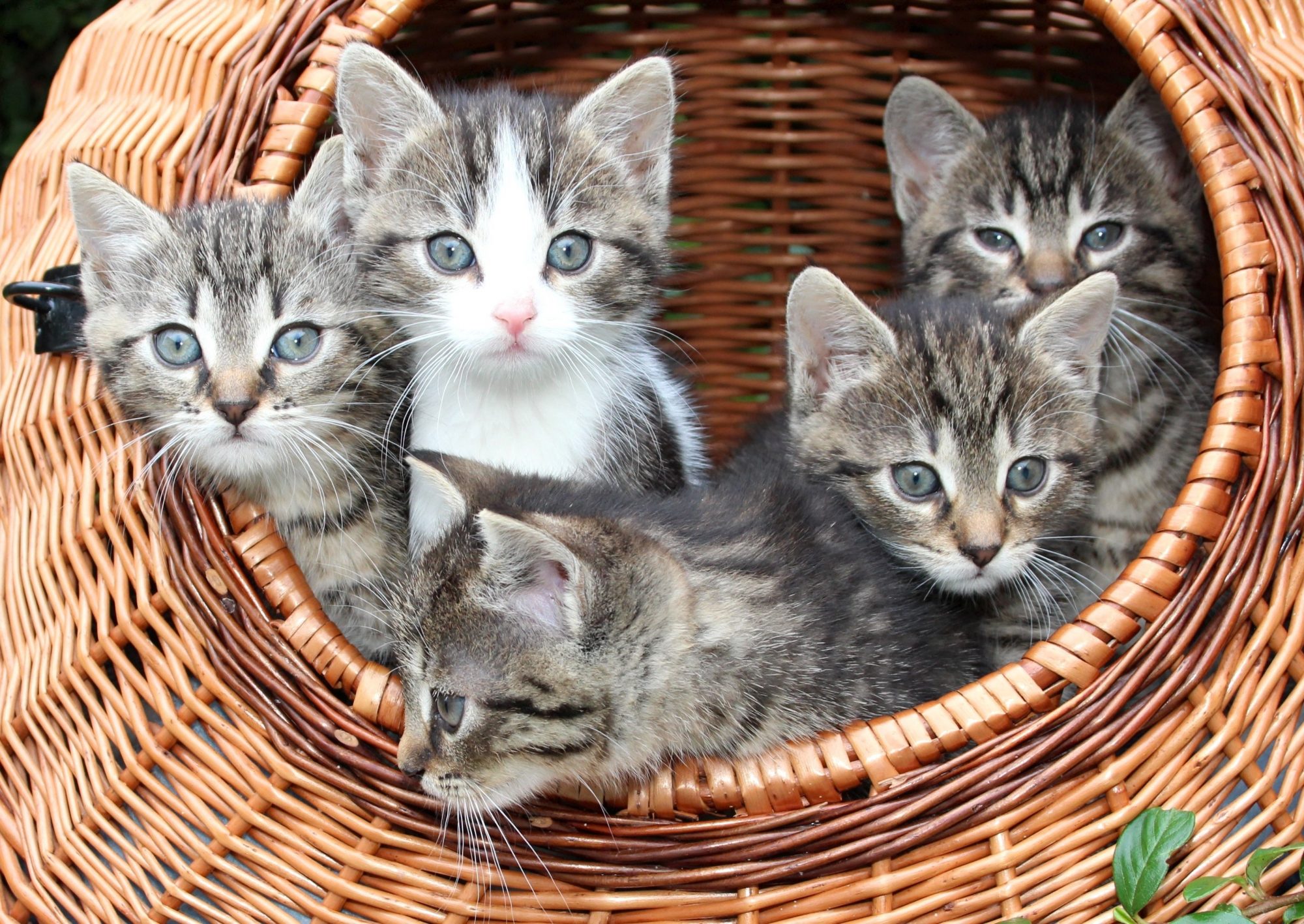
To better explain those levels, let’s take 5 everyday examples you may be familiar with:
. When we diagnose cancer in a pet, we typically take chest X-rays to check for spreading (metastasis) of the cancer to the lungs. Unfortunately, we can miss tiny masses in the lungs what X-rays simply cannot show. A CAT scan may cost much more, but it’s far better to see those tiny masses. Meanwhile, at some practices, the mass would be removed without even taking chest X-rays.
Which approach would you want for your pet?
. You can sometimes see a mass in the spleen on a simple X-ray. An ultrasound should not only confirm that the mass is truly in the spleen, but it can confirm that all of the other organs in the belly are OK, and that there is no spreading (metastasis) to the liver.
Next up: who does the ultrasound? A family vet who does ultrasound every once in a while, or a specialist who does it 20 times per day?
Which test – and which ultrasonographer – would you want for your pet?
. Some practices will remove a tooth without X-rays and without anesthesia monitoring.
Meanwhile, other practices in the very same town will remove a tooth with a dedicated veterinary nurse monitoring the patient under anesthesia. In addition, they will take X-rays of the jaw before and after removing a tooth.
What level of care would you want for your pet?
. Having a tooth removed is not exactly fun. Some practices don’t prescribe pain medications at all – before, during or after the procedure.
Some practices will dispense a mild pain killer beforehand (e.g. butorphanol) and a mild pain medication to go home (tramadol).
Yet other practices will provide a strong morphine-like drug and an anti-inflammatory before the surgery, will numb the area (local anesthesia, just like at your dentist) before the extraction, and will send home two pain killers (e.g. gabapentin and an anti-inflammatory).
Which one would you want if your pet needed a tooth removed?
. Some practices would not run any bloodwork before doing a procedure under anesthesia.
Some would do basic bloodwork (e.g. a mini-chemistry, which looks at liver and kidney function).
Yet other practices will do full bloodwork (i.e. a full chemistry, a CBC – which looks at red and white blood cells), as well as a urinalysis to check kidney function.
Which one would you want for your pet before anesthesia?
Veterinary medicine is like any other decision in life:
. You can have lunch at McDonald’s or Olive Garden or a fancy steakhouse. You’ll be fed either way.
. You can fix your own sink, or have a plumber fix it, or have a master plumber replace and upgrade it. You’ll have a sink either way.
. You can go to work on a bicycle, in a Ford Fiesta or in a BWM. You’ll get to work either way.
But there is a huge difference here: we’re not talking about lunch, a sink or a car. We’re talking about a living creature, who might go under anesthesia or get major surgery.
The reason vets recommend certain tests is not to drain your bank account.
The reason is to reduce the risk of complications – including death – as much as possible.
The reason is also to improve comfort, decrease pain and increase quality of life.
Are you still with me? Then you totally deserve to look at more cute kittens.

So, what’s a concerned pet lover to do?
. Make sure you compare apples to apples. If you get a $200 estimate from one clinic and a $1,000 for the one across town, don’t assume that one vet is a nice guy and the other is a crook.
. Ask for an explanation of every line item on the estimate. You have a right to understand what you are getting into.
. Ask questions about the procedure itself. Who is doing it? How many times have they done it? What is their success rate with this procedure? Dare to ask these tough questions!
. Ask questions about complications. What are the most common (theoretical) complications you should be prepared for? What (actual) complications has this particular vet observed? What will they do to reduce the risk of complications?
. Ask questions about the things that are usually skipped on “cheaper” estimates: what pain management protocol will they use to make sure your pet is comfortable? Will your pet be monitored during anesthesia? By whom? With what qualifications (or what letters after their name)? Will they do it start to finish, or whenever somebody remembers to do it, or never?
. If you would like to provide the gold standard to your pet but you’re concerned about being able to afford it, then please get pet insurance – a great plan preferably – it will solve 99% of the problem.
Bottom line: make sure you understand the full story behind an estimate, and what it means for the safety of your pet and the success of the procedure.
Phil Zeltzman, DVM, DACVS, CVJ, Fear Free Certified

Dr. Phil Zeltzman is a traveling veterinary surgeon in Pennsylvania & New Jersey. An award-winning author, he loves to share his adventures in practice along with information about vet medicine and surgery that can really help your pets. Dr. Zeltzman specializes in orthopedic, neurologic, cancer, and soft tissue surgeries for dogs, cats, and small exotics. By working with local family vets, he offers the best surgical care, safest anesthesia, and utmost pain management to all his patients. Sign up to get an email when he updates his blog, and follow him on Facebook, too!
Happy Thanksgiving Week!
I am happy to say that I have a lot to be thankful for…
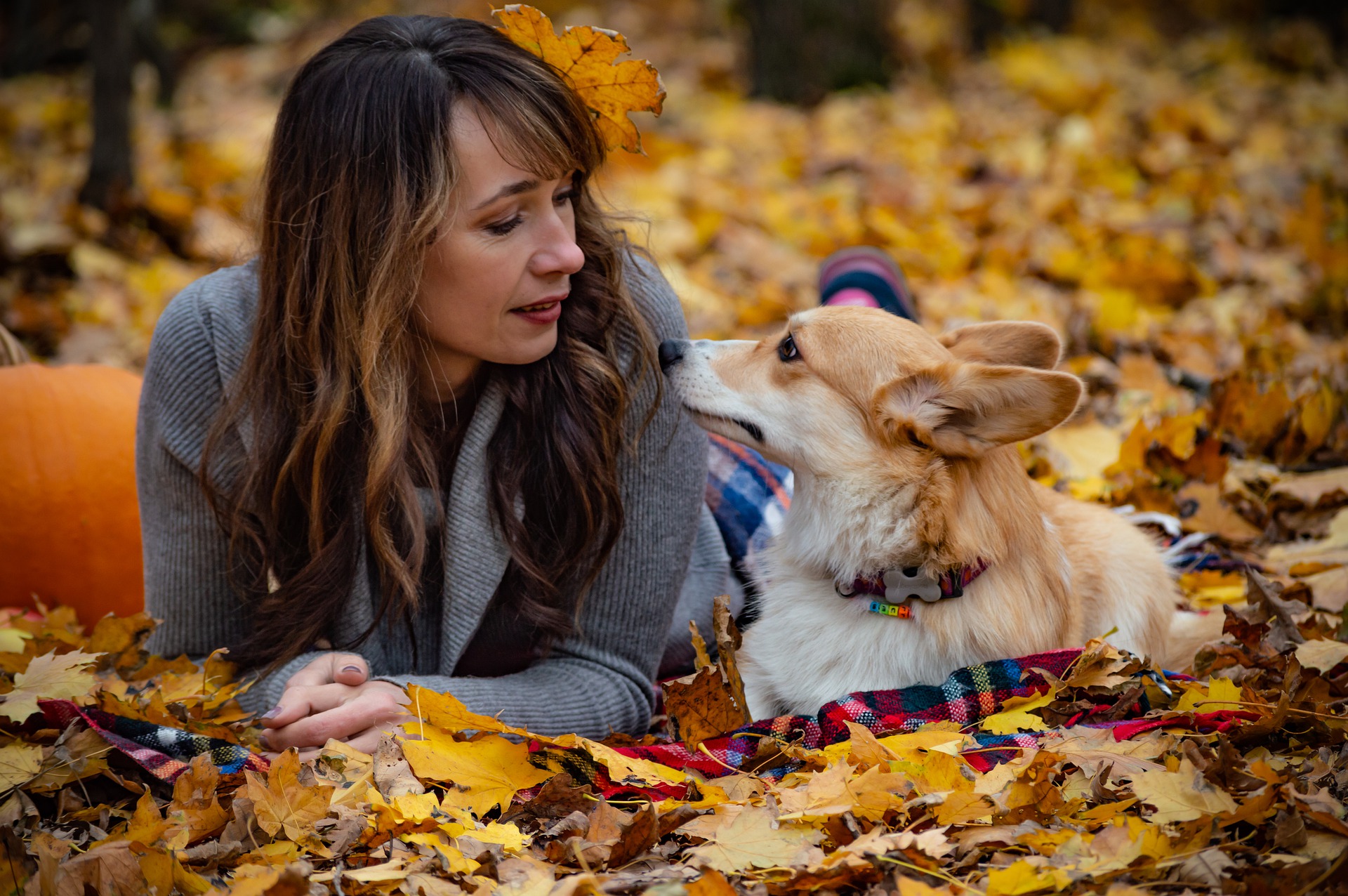
In fact, most pet lovers can hopefully be grateful as well. We all should be thankful for our pets. A happy furry face after a long day, a wagging tail every time we come home, or a purring, warm body next to us on the couch… pets make us smile and help us close the door on life’s problems for a while. These are little gems pet lovers simply cannot live without. Unconditional love is getting hard to find these days!
There may have been times over the years when you may have lacked the companionship of an animal friend. And it usually feels like there is a small hole in our lives. Hopefully, you currently have at least one pet who, no matter how your day went, is happy to see you and ready to play or cuddle.
Although I’m sure pets (and non-pet lovers) think playing is mostly for their benefit, it is cathartic for us. They help us take our minds off the stresses of life and focus instead on the simplicity of watching a furry ball of energy chase a toy across the room, chomping and squeaking happily on their way back to us, before tirelessly repeating the cycle over and over again. Like it’s the first time ever.
As a surgeon, I’m thankful for being able to fix the various problems my patients have. I’m thankful for the many pet lovers who trust me with the lives of their beloved pets after only talking to me during a consultation. When I perform surgery on a patient, I am thankful that I can improve that life and, indirectly, the lives of their owner and their family.
On a broader scale, I’m thankful for all of the colleagues who refer patients to me and trust me with their care. They trust that I will be able to help them live happy and healthy lives.
In addition, I am thankful for all of the support staff for helping me on a daily basis. Technicians, assistants, receptionists and my wonderful traveling nurses all make my job immensely easier.
I’d be willing to bet that if you polled most people in the animal healthcare field, anyone from veterinarians to technicians, from kennel personnel and rescue groups, would all say that the main reason they do their “job” is for the love of animals. We love what we do.
It’s unfortunately becoming less and less common that someone can truly say they love what they do.
So as the holiday season gets closer, and the pressure of gift-giving, party-planning, and family gatherings rises, remember to take the time to step back and be thankful for that wagging tail or purring whiskery face. And while you’re at it, don’t forget to thank those who help keep them healthy and happy by your side – yet rarely get the recognition they deserve.
Sure, there are good and bad days in the field of veterinary medicine, but the occasional bad day is far outweighed by the good days. The thank-yous received after a successful surgery, the gift baskets, the thank you cards, a happy dog or cat leaving the clinic after being given a clean bill of health, or the smile on an owner’s face when the life of their beloved pet was saved, all serve as reminders that we have the greatest jobs in the world.
Enjoy your family and your pets, have a safe and happy Thanksgiving.
Phil Zeltzman, DVM, DACVS, CVJ, Fear Free Certified

Dr. Phil Zeltzman is a traveling veterinary surgeon in Pennsylvania & New Jersey. An award-winning author, he loves to share his adventures in practice along with information about vet medicine and surgery that can really help your pets. Dr. Zeltzman specializes in orthopedic, neurologic, cancer, and soft tissue surgeries for dogs, cats, and small exotics. By working with local family vets, he offers the best surgical care, safest anesthesia, and utmost pain management to all his patients. Sign up to get an email when he updates his blog, and follow him on Facebook, too!
5 reasons to spay your pet (Part 2)

Non-spayed pets and unplanned pregnancies can lead to life-threatening medial conditions and emergency surgeries that will sure cost much more than a simple spay at the appropriate time.
As promised last time (5 Reasons To Spay Your Pet Part 1), here are another 5 reasons to spay your cat or your dog.
6. False pregnancy
False pregnancy is a strange and stressful condition where a pet is convinced that she’s pregnant… when she’s not!
Females show nesting behavior (i.e. they literally make a nest for her imaginary offspring). Their belly gets bigger. They produce milk.
Spaying can eliminate the possibility of this condition.
7. Eclampsia
Eclampsia is a life-threatening complication of pregnancy. A pregnant female can have calcium levels that are dangerously low (hypocalcamia). This condition can lead to shaking, seizures, or heart complications. This is a major emergency that requires IV calcium and fluids.
8. C-sections
Sometimes, natural delivery just isn’t possible for health or anatomical reasons. Bulldogs, Chihuahuas and Yorkies are some of the breeds with an increased risk of needing a C-section.
A C-section is a wonderful event at a vet clinic when everything goes well. We love helping puppies and kittens come to life. But for the pet owner, it can be a stressful and expensive ordeal.
9. Pyometra
Pyometra is a serious condition where the uterus fills with pus. It is common in non-spayed dogs, and unusual in cats. In turn, pyometra can affect many organs, which can make a pet very sick or even kill her.
One of the organs that classically gets damaged is the kidney. It can get worse: a “mature” pyometra can rupture or break. This leads to having pus all over the belly (septic peritonitis).
Ironically, pyometras often seem to happen after hours (read: at the local emergency clinic on a Sunday), which increases the cost even more.
10. Genetics
There are countless genetic diseases, such as hip dysplasia, heart disease and eye conditions. Spaying a female who carries the bad genes is the easiest way to prevent babies with the same problems. Only through reasoned breeding can a breed improve over time.
Spaying also prevents behavioral problems and several other issues. Pet lovers who don’t have their pet spayed often tell us that they couldn’t afford the procedure at the time.
Please keep in mind that it could cost 5 or 10 times as much to treat mammary tumors or pyometra.
All always, prevention is the best policy…
Phil Zeltzman, DVM, DACVS, CVJ, Fear Free Certified

Dr. Phil Zeltzman is a traveling veterinary surgeon in Pennsylvania & New Jersey. An award-winning author, he loves to share his adventures in practice along with information about vet medicine and surgery that can really help your pets. Dr. Zeltzman specializes in orthopedic, neurologic, cancer, and soft tissue surgeries for dogs, cats, and small exotics. By working with local family vets, he offers the best surgical care, safest anesthesia, and utmost pain management to all his patients. Sign up to get an email when he updates his blog, and follow him on Facebook, too!
5 reasons to spay your pet (Part 1)
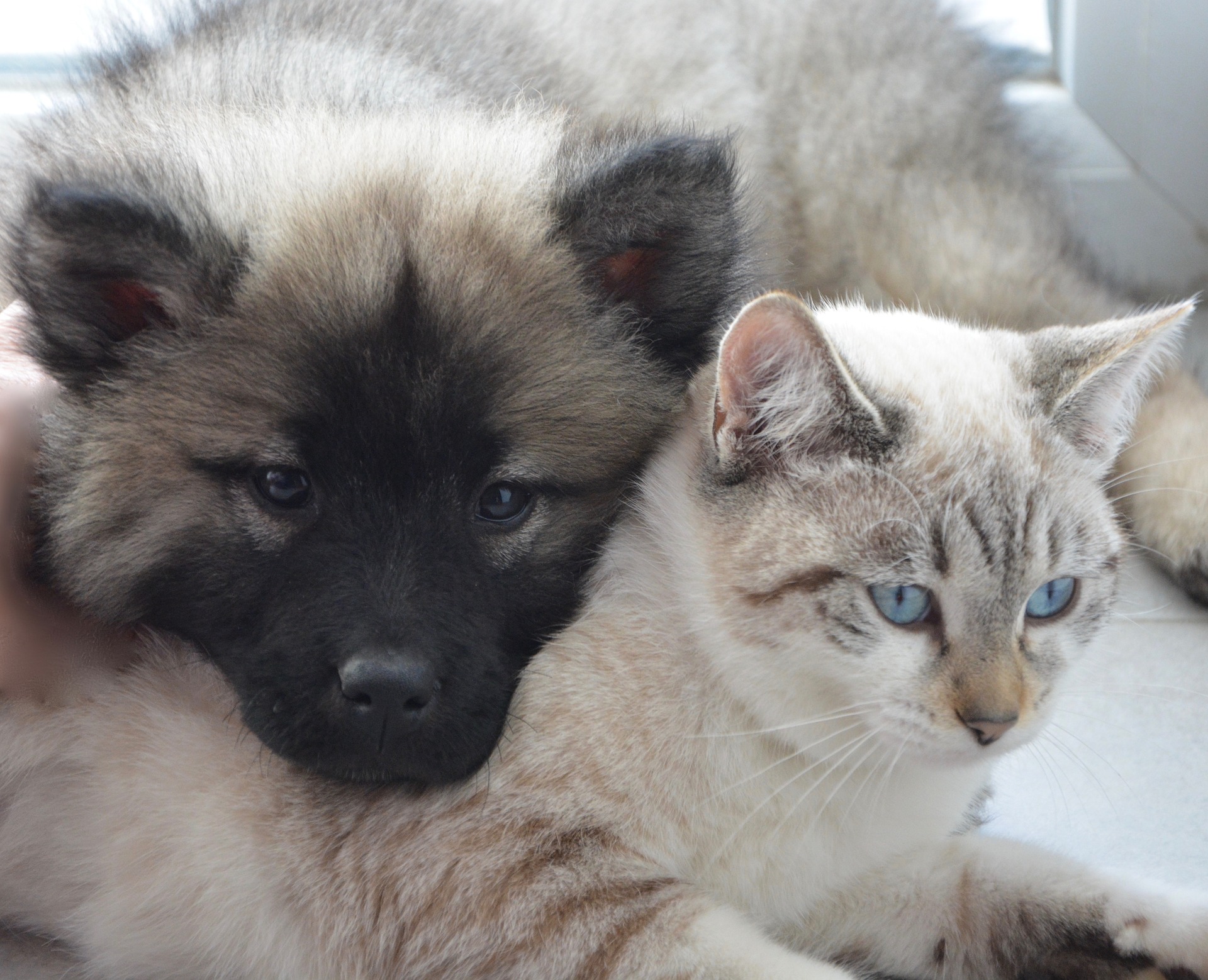
Non-spayed cats and dogs are at a higher risk of developing multiple conditions. Here are 5 reasons to spay your pet:
1. Breast tumors
Over 25% of non-spayed female dogs will develop breast or mammary tumors!
In dogs, approximately 50% of mammary tumors are benign and 50% are cancerous.
In cats, 90% of mammary tumors are cancerous, so spaying is even more important.
2. Ovarian diseases
Sure, diseases of the ovary, such as tumors, are rare. But a real good way of eliminating that risk is spaying.
3. Tumors of the uterus
Likewise, tumors of the uterus are not common, but spaying eliminates this risk.
Along with a higher risk for tumor development, there are other unfortunate complications that can arise when pets aren’t spayed.
4. Heat cycles
As a general rule, most females have their first heat cycle around 6 months of age, which is why we often recommend spaying before that age. A heat cycle causes mood swings, swollen nipples, attraction of males, a swollen vulva and a bloody discharge. It can be quite stressful for everybody involved – including you!
5. Unplanned pregnancies
Letting a non-spayed cat or dog roam is similar to gambling. Chances are, your little female friend will meet Mr. Not-Right.
Now… not only do you have to deal with the pregnancy, but in 2 months, you will need to make sure that the delivery goes well. And hope your pet won’t need an emergency C-section.
Then you will have to take care of the 1, 2, 3… or 10 babies or find them new homes. If mom can’t nurse, guess who needs to get up every 2 hours to bottle-feed the babies?
Multiply that by 10 or 100 or 1,000 pets, and you start to understand the complex problem of pet overpopulation. This leads to millions of abandoned or euthanized pets.
So please do the right thing: spay your cat or your dog.
Next time, we will go over 5 more reasons to spay your pet.
Phil Zeltzman, DVM, DACVS, CVJ, Fear Free Certified

Dr. Phil Zeltzman is a traveling veterinary surgeon in Pennsylvania & New Jersey. An award-winning author, he loves to share his adventures in practice along with information about vet medicine and surgery that can really help your pets. Dr. Zeltzman specializes in orthopedic, neurologic, cancer, and soft tissue surgeries for dogs, cats, and small exotics. By working with local family vets, he offers the best surgical care, safest anesthesia, and utmost pain management to all his patients. Sign up to get an email when he updates his blog, and follow him on Facebook, too!
5 Things I Wish Every Cat Owner Would Know (part 2)
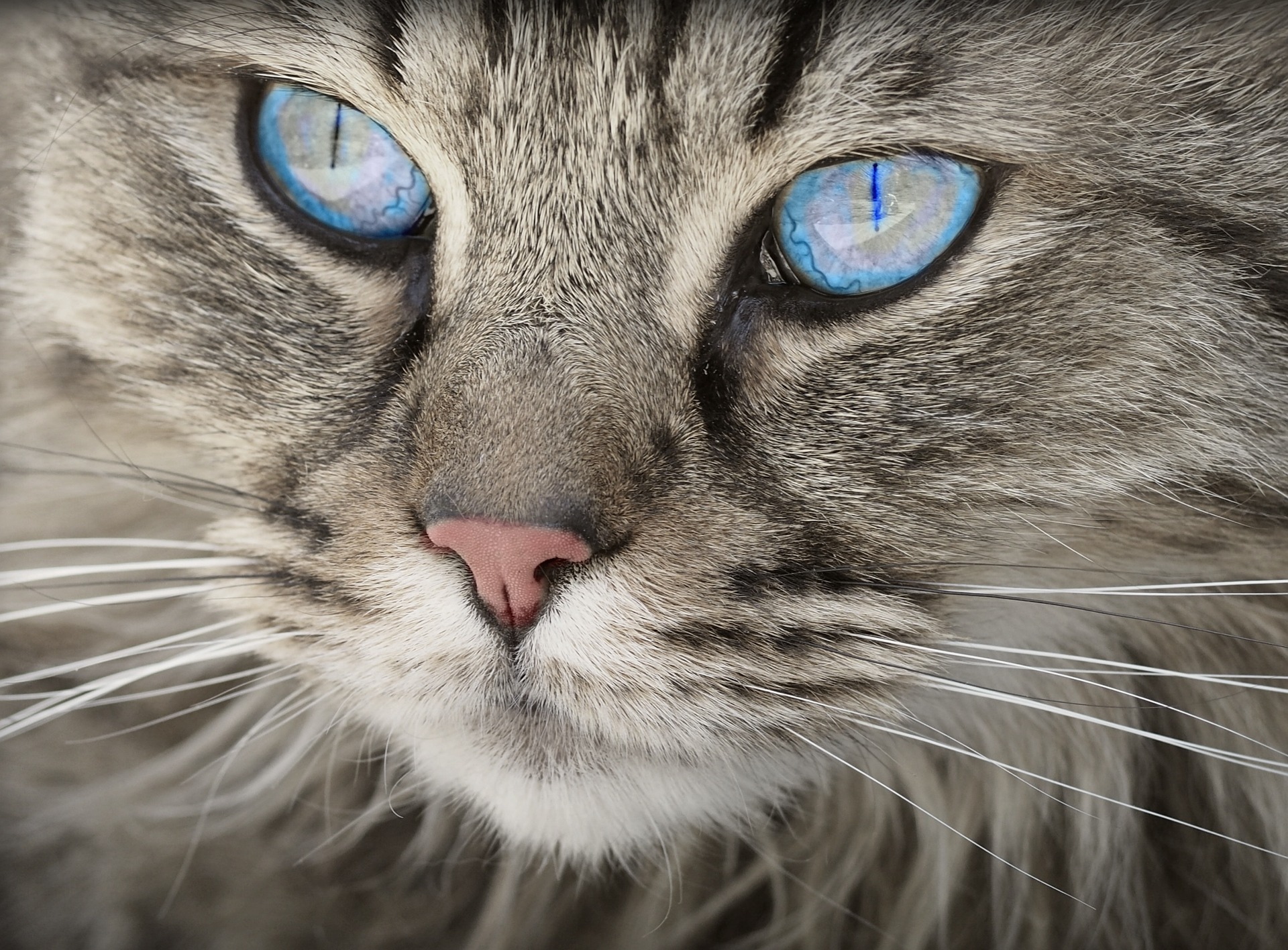
As promised last time ( ), here are another 5 topics you should be aware of and pay attention to when caring for your cat(s).
6. Follow discharge instructions
Discharge instructions are made to be followed. This is one of those times where you get to learn from someone else’s challenges. That can save you and your cat from some serious trouble.
We know that wearing a plastic cone for 2 weeks is no fun. We know that being stuck in a crate for 4 to 8 weeks is boring. If there were an easier way to do things, we would tell you!
So please follow discharge instructions – all of them – all the time.
7. Get pet insurance
Pet insurance can make all of the difference in your cat’s life. If you cannot afford thousands of dollars in emergency or medical care, please consider getting pet insurance. And do your homework, as there are some really bad companies and really good companies out there.
8. Know thy enemy
Anesthesia is not the enemy.
Surgery is not the enemy.
Your pet’s condition is the enemy.
We are here to help you choose the best weapon to fight the enemy.
9. Know that prevention is a critical part of pet medicine
Every year, countless cats die because they did not receive basic, effective, affordable preventive care. Yearly exams are crucial to ensure your cat is and remains healthy and happy. Vaccinations should always be kept up to date, even for indoor cats. You never know when one might escape, get lost, or get hospitalized.
That thought applies to heartworm, flea and tick prevention as well. Your cat may not go outside, but you or your other pets who do can bring parasites inside your home. And obviously mosquitoes, who can carry parasites, can fly inside your house and bite an indoor cat.
Keep your kitties protected.
10. Don’t inadvertently starve your cat
When you realize it’s time for your cat to lose weight, be sure to create a feeding plan with your veterinarian. So many make the mistake of unknowingly restricting cats too much by cutting the amount of food down significantly.
This is very dangerous in cats. It can lead to deadly liver complications called hepatic lipidosis. We would rather have you trust your family vet, and feed a diet that was made specifically for weight loss.
These 5 additional tips can truly make a big difference in your cat’s life.
Phil Zeltzman, DVM, DACVS, CVJ, Fear Free Certified

Dr. Phil Zeltzman is a traveling veterinary surgeon in Pennsylvania & New Jersey. An award-winning author, he loves to share his adventures in practice along with information about vet medicine and surgery that can really help your pets. Dr. Zeltzman specializes in orthopedic, neurologic, cancer, and soft tissue surgeries for dogs, cats, and small exotics. By working with local family vets, he offers the best surgical care, safest anesthesia, and utmost pain management to all his patients. Sign up to get an email when he updates his blog, and follow him on Facebook, too!

